Elena Parilina - Theory and Applications of Dynamic Games: A Course on Noncooperative and Cooperative Games Played over Event Trees (Theory and Decision Library C, 51)
Here you can read online Elena Parilina - Theory and Applications of Dynamic Games: A Course on Noncooperative and Cooperative Games Played over Event Trees (Theory and Decision Library C, 51) full text of the book (entire story) in english for free. Download pdf and epub, get meaning, cover and reviews about this ebook. year: 2022, publisher: Springer, genre: Children. Description of the work, (preface) as well as reviews are available. Best literature library LitArk.com created for fans of good reading and offers a wide selection of genres:
Romance novel
Science fiction
Adventure
Detective
Science
History
Home and family
Prose
Art
Politics
Computer
Non-fiction
Religion
Business
Children
Humor
Choose a favorite category and find really read worthwhile books. Enjoy immersion in the world of imagination, feel the emotions of the characters or learn something new for yourself, make an fascinating discovery.
- Book:Theory and Applications of Dynamic Games: A Course on Noncooperative and Cooperative Games Played over Event Trees (Theory and Decision Library C, 51)
- Author:
- Publisher:Springer
- Genre:
- Year:2022
- Rating:4 / 5
- Favourites:Add to favourites
- Your mark:
Theory and Applications of Dynamic Games: A Course on Noncooperative and Cooperative Games Played over Event Trees (Theory and Decision Library C, 51): summary, description and annotation
We offer to read an annotation, description, summary or preface (depends on what the author of the book "Theory and Applications of Dynamic Games: A Course on Noncooperative and Cooperative Games Played over Event Trees (Theory and Decision Library C, 51)" wrote himself). If you haven't found the necessary information about the book — write in the comments, we will try to find it.
This textbook provides a comprehensive overview of noncooperative and cooperative dynamic games involving uncertain parameter values, with the stochastic process being described by an event tree. Primarily intended for graduate students of economics, management science and engineering, the book is self-contained, as it defines and illustrates all relevant concepts originally introduced in static games before extending them to a dynamic framework. It subsequently addresses the sustainability of cooperative contracts over time and introduces a range of mechanisms to help avoid such agreements breaking down before reaching maturity. To illustrate the concepts discussed, the book provides various examples of how dynamic games played over event trees can be applied to environmental economics, management science, and engineering.
Elena Parilina: author's other books
Who wrote Theory and Applications of Dynamic Games: A Course on Noncooperative and Cooperative Games Played over Event Trees (Theory and Decision Library C, 51)? Find out the surname, the name of the author of the book and a list of all author's works by series.

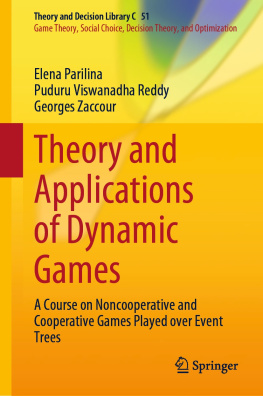

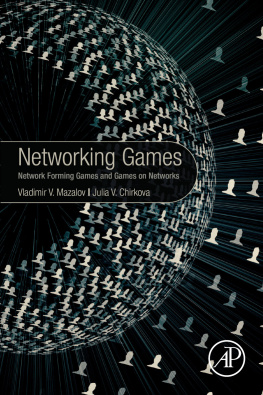
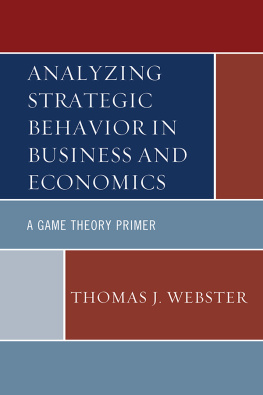
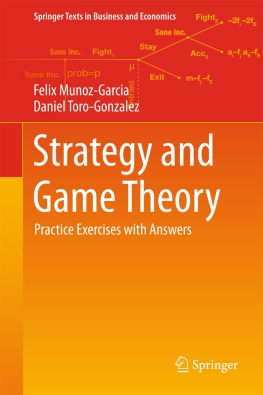
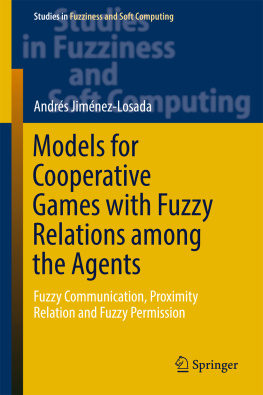
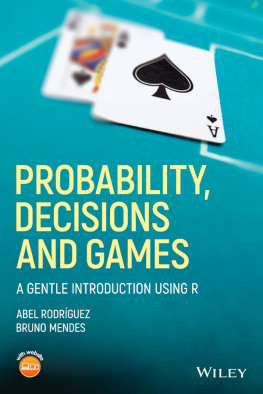
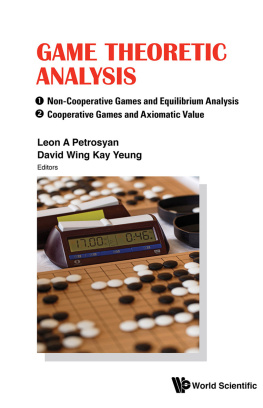
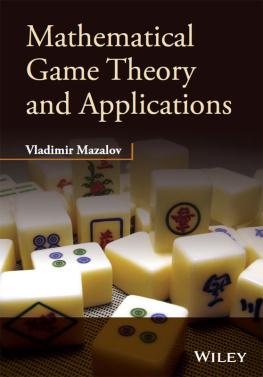
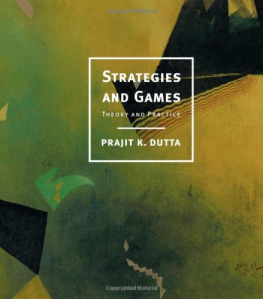
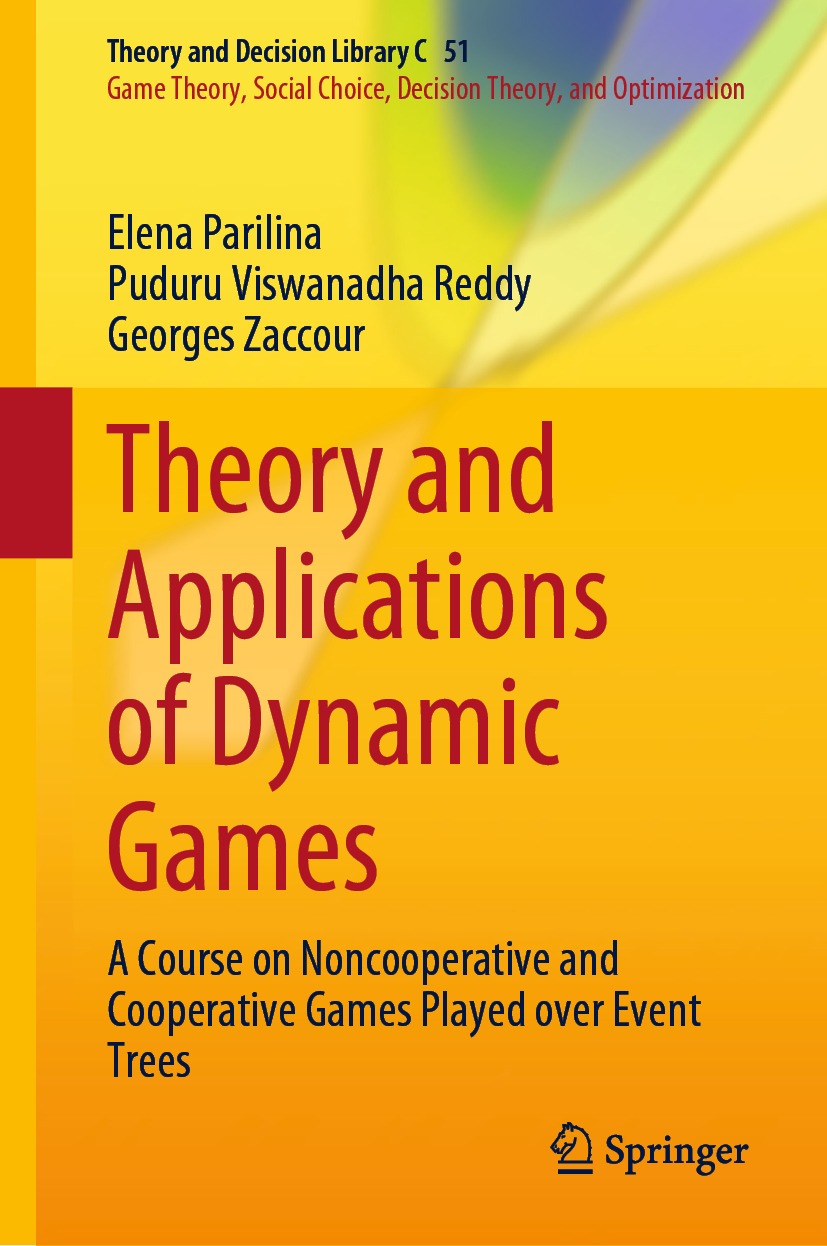

 sufficiently distinct prices, and rarely a continuum of values. Second, event trees lead to computable and implementable models, and are easily prone to sensitivity analyses, which helps in assessing the robustness of the results with respect to the parameter values.
sufficiently distinct prices, and rarely a continuum of values. Second, event trees lead to computable and implementable models, and are easily prone to sensitivity analyses, which helps in assessing the robustness of the results with respect to the parameter values.